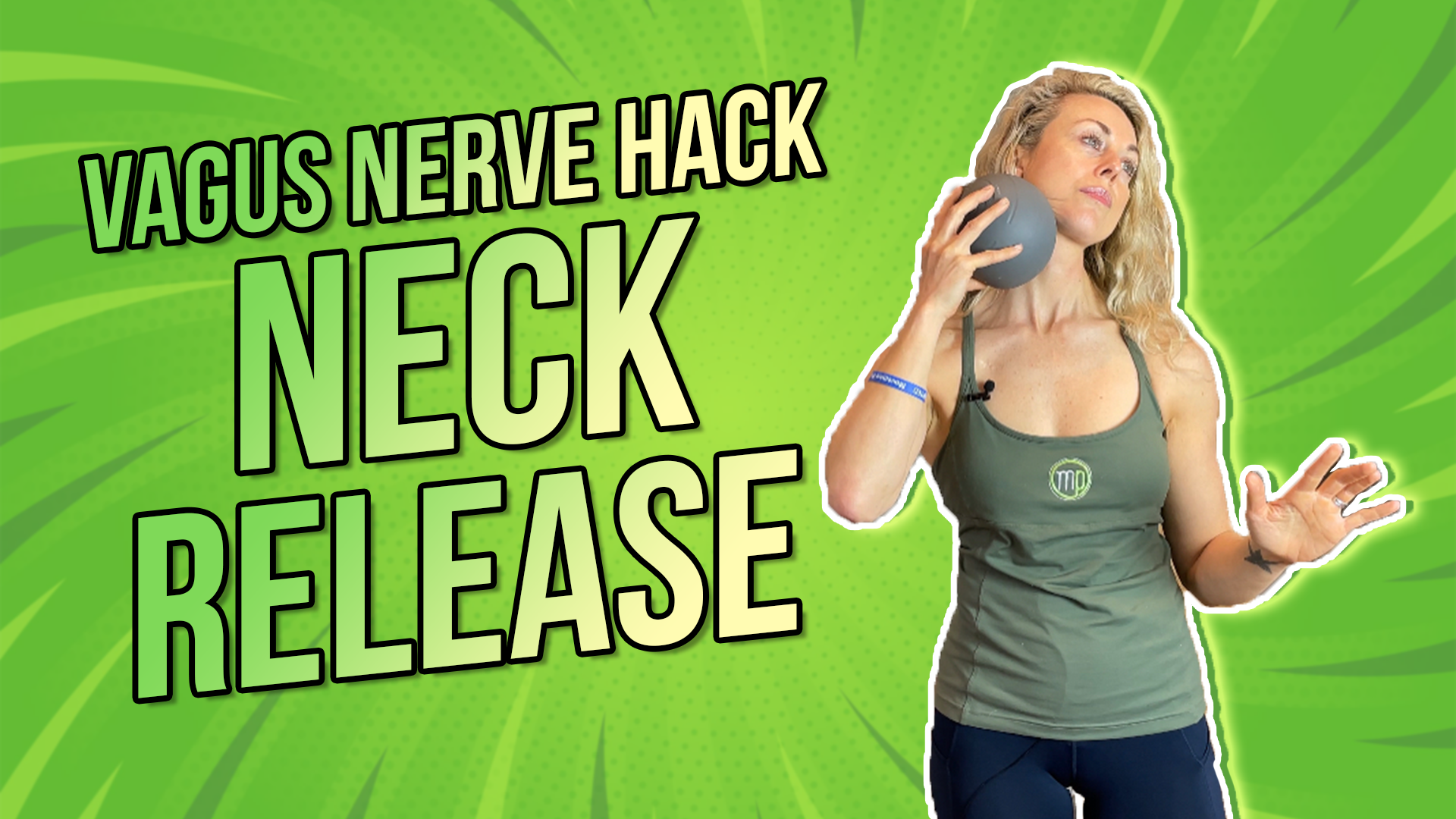Are you tired of that constant nagging neck pain that hinders your productivity and dampens your mood? We’ve all experienced those moments when the stress and strain of daily life seem to settle right in our necks, causing discomfort and tension. But fear not!
In this article, we’re here to share three incredibly simple yet effective neck exercises that can provide you with quick relief whenever you need it. Whether you spend long hours in front of a computer screen or carry the weight of the world on your shoulders, these exercises are designed to ease tension, improve flexibility, and promote relaxation. So, let’s dive in and discover the key to a pain-free and revitalized neck!
Rather watch or listen?
The Importance of Breathing Mechanics
Now, it wouldn’t be me if I didn’t talk a little bit about why we might get neck pain, and one of the biggest reasons is not so much that we’re sitting with the forward head posture or texting all day but rather poor breathing mechanics.
We breathe 25,000 times a day and ideally, we are using our diaphragm to do that. When we are breathing from our neck and shoulders, however, contributes to increased tone in the neck.
3 Neck Exercises for Quick Relief
Exercise 1: Optimizing Your Breath
One of the most crucial aspects of combating neck pain lies in optimizing our breath. If you want to take it a step further, you may explore airway dysfunction in detail. However, at the bare minimum, you can work on the basic mechanics of proper tongue posture—resting your tongue against the roof of your mouth.
As you breathe in through your nose, focus on directing your breath upwards instead of straight back, as this can make a significant difference. Additionally, allow your abdomen to expand 360 degrees like a big balloon as you inhale. This simple foundation will pave the way for the subsequent exercises.
Exercise 2: The Salamander
The second exercise is called the salamander. This is an exercise adapted from Stanley Rosenberg, who wrote “The Healing Power of the Vagus Nerve.”
To begin, interlace your fingers and place them behind the back of your head, ensuring they touch the occipital area. Gently bend your upper body to the side while simultaneously looking in the opposite direction with your eyes. Hold this position for 30 seconds.
Once you return to the center, switch sides, face forward, and look the other way while maintaining the hold for another 30 seconds. You can assess your range of motion both before and after the exercise to witness the improvement.
If one side causes slight discomfort, feel free to use one hand. By engaging our hands, eyes, and the neurological connection between them, we stimulate the vagus nerve and spinal accessory nerve, which leads to neck relaxation and overall nervous system calmness.
Exercise 3: Myofascial Release Technique
The last one that I really love is a myofascial technique that’s very simple, and you can do it anywhere, anytime.
Start by placing your hand flat on the outside of your neck, gently moving it towards your ear.
As you provide traction, you’ll naturally bring your head back into an optimal alignment, resulting in a pleasant sensation. Moreover, this technique targets the lymph nodes and stimulates the vagus nerve, promoting relaxation and an ideal head posture.
You can hold this position for 30 seconds up to two minutes, depending on your comfort level. It’s a highly valuable exercise that offers both release and stimulation.
Incorporating these Exercises into Your Daily Routine
I would suggest exploring all of these throughout the course of your day. These are three of many exercises that you could do to help relieve it. Although, if you sit at your desk all day, the most important thing is to get moving.
Always think movement variability is the key to preventing pain and injury.
If it was helpful, give it a like, give it a share, and make sure to subscribe to our YouTube channel, The Movement Paradigm, for weekly tips on mindset, nutrition, and movement.
Other things that might interest you:


